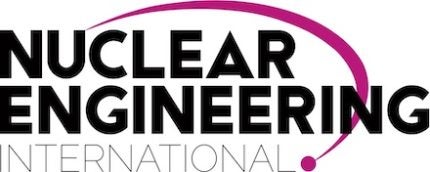
As a global nuclear industry snapshot, the latest annual World Nuclear Performance Report from the WNA makes encouraging reading. Nuclear generation supplied more than 2600 TWh in 2023, accounting for close to a tenth of the world’s total electricity production over the year.
With 437 operable reactors at the end of 2023, five reactors had shut down over the year and as another five new units had come on line the net number of reactors was unchanged over the year.
Meanwhile, just six new construction projects started in 2023, of which five are in China and one in Egypt. Of course, this must be put in the context of the 64 reactors that are currently under construction. Nonetheless, a significant increase in new nuclear construction is necessary if the tripling nuclear capacity goal announced at COP28 is to be achieved.
At the same time as the growth of new nuclear seems to lack the necessary momentum, more than two-thirds of the global reactor fleet is at least 30 years old. While this is not excessive by reactor standards much more work will be needed to extend the life of the existing reactor fleet given the current rates of new development.
Putting this in context with other leading clean energy technologies, this year’s Global Wind Report from the Global Wind Energy Council reports that the industry installed a record 117 GW of new capacity in 2023, a 50% year-on-year increase from 2022 that brings wind’s total installed capacity to about 1 TW. A similar report from energy think tank Ember notes that solar installations reached 346 GW in 2023 a record 147 GW and a 74% increase on 2022 numbers. Solar installed capacity is now more than 1 TW. Nuclear’s install rates seem positively puny in comparison and the total capacity of reactors that produced electricity in 2023 was 368 GWe, up just 3 GWe on 2022. Given these figures perhaps paint a rather gloomy outlook why then is the industry at a level of optimism not seen in decades?
One of the more striking details to emerge for the WNA analysis is the fact that nuclear’s total contribution in 2023 increased by 58 TWh on the previous year. This figure came despite the total installed nuclear capacity actually falling by 1 GWe to 392 GWe. Although the increase was partly due to the return to service of some of the French reactor fleet after extended outages, which added 42 TWh, this really isn’t the whole story. Critically, the average capacity factor of nuclear reactors increased by 1%, to reach 81.5%. Indeed, nuclear reactors have consistently achieved more than 80% capacity factors for the past 20 years. Compared with the average wind capacity factor of about 30% and that of solar at nearer 15% it becomes clear why nuclear provides around a quarter of the world’s low-carbon energy from an installed base of less than half that of wind alone. Nuclear reactors helped avoid 2.1bn tonnes of carbon dioxide emissions in 2023, about the same as wind, but it did that day in day out, consistently through rain and shine. This is nuclear power’s winning hand. Climate change is bringing about many changes but the energy transition means more than clean generation. To succeed it needs to be reliable as well as sustainable. Increasing generation, despite a drop in installed capacity, does nothing but highlight the unmatched performance that nuclear energy brings to the party. Yes, install rates certainly need to improve, and yes, life extension programmes need to accelerate, yes, the nuclear industry has a lot of work to do. But it doesn’t need to prove it works and can perform at the highest level of reliability, over lifespans that are perhaps three or four times that of a wind turbine or solar panel.
There’s no question that the world needs wind, solar and all other renewable energy sources to succeed. It needs batteries and energy storage. It needs every element of the clean energy tool box to advance rapidly. And it needs nuclear energy too. That’s encouraging.
Author: David Appleyard, Editor, Nuclear Engineering International






